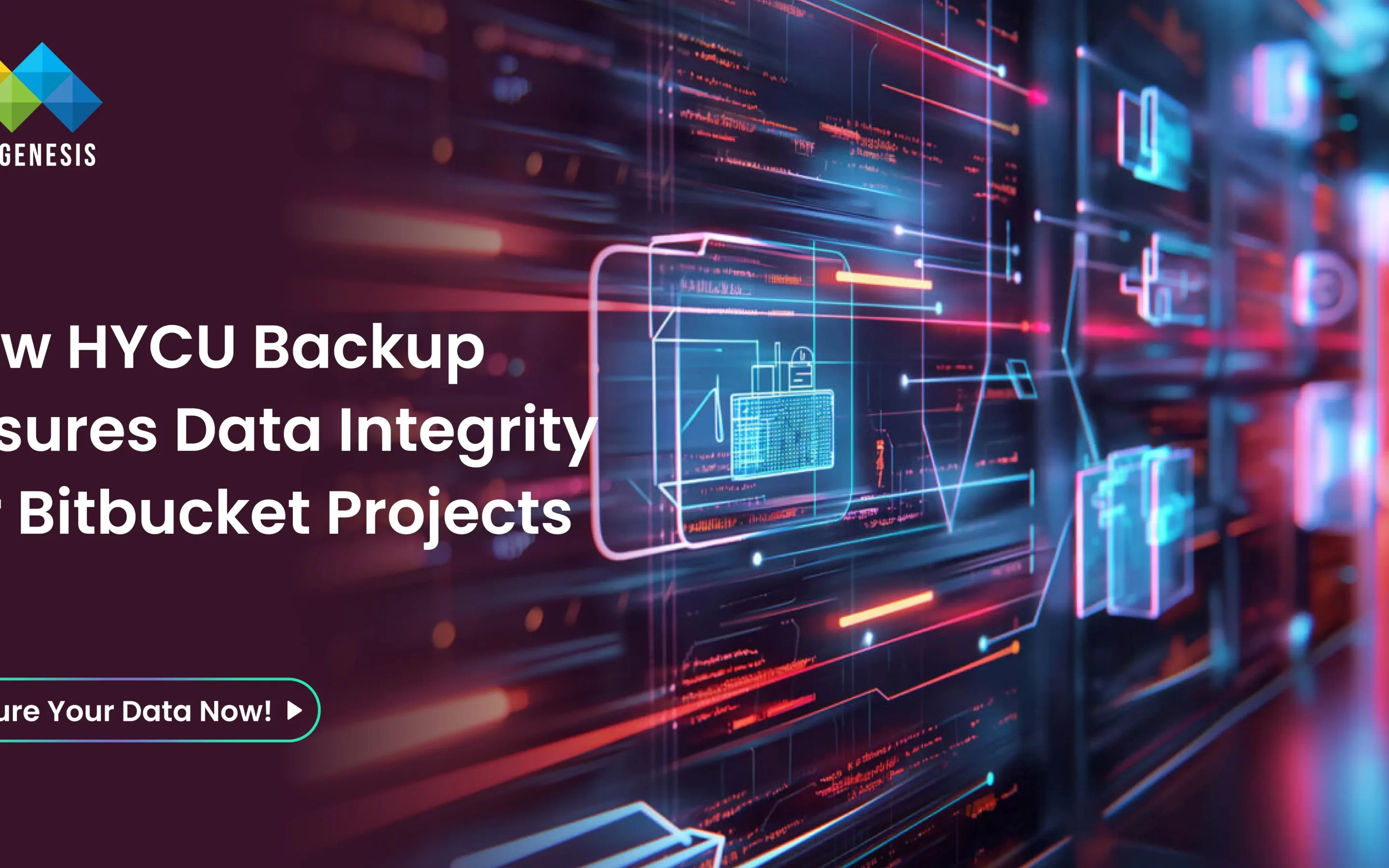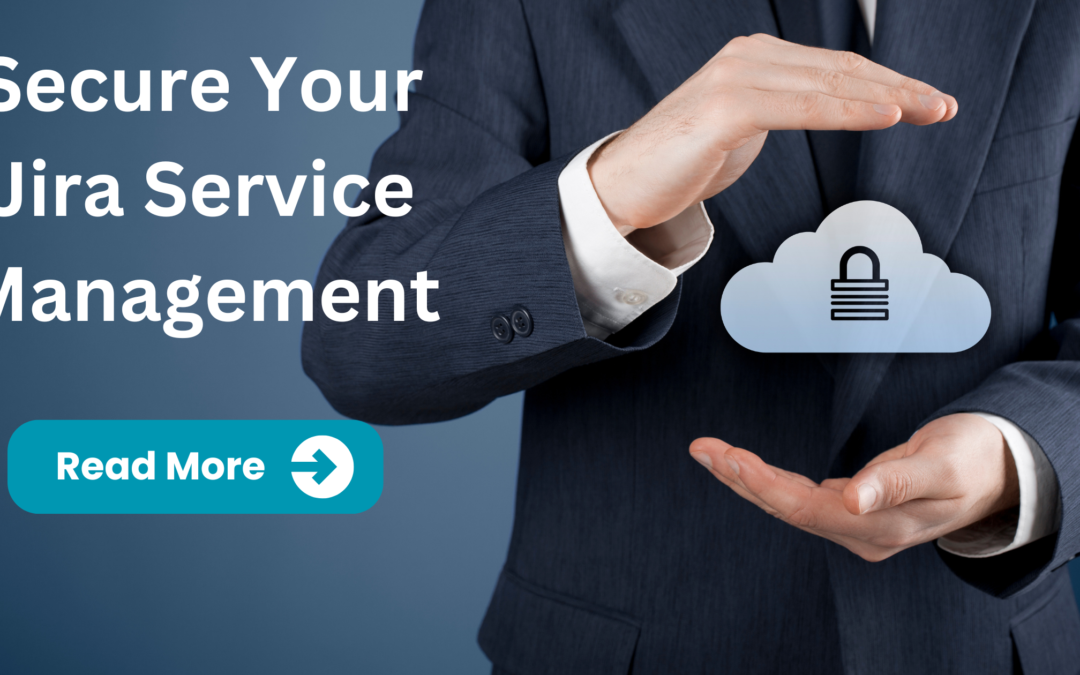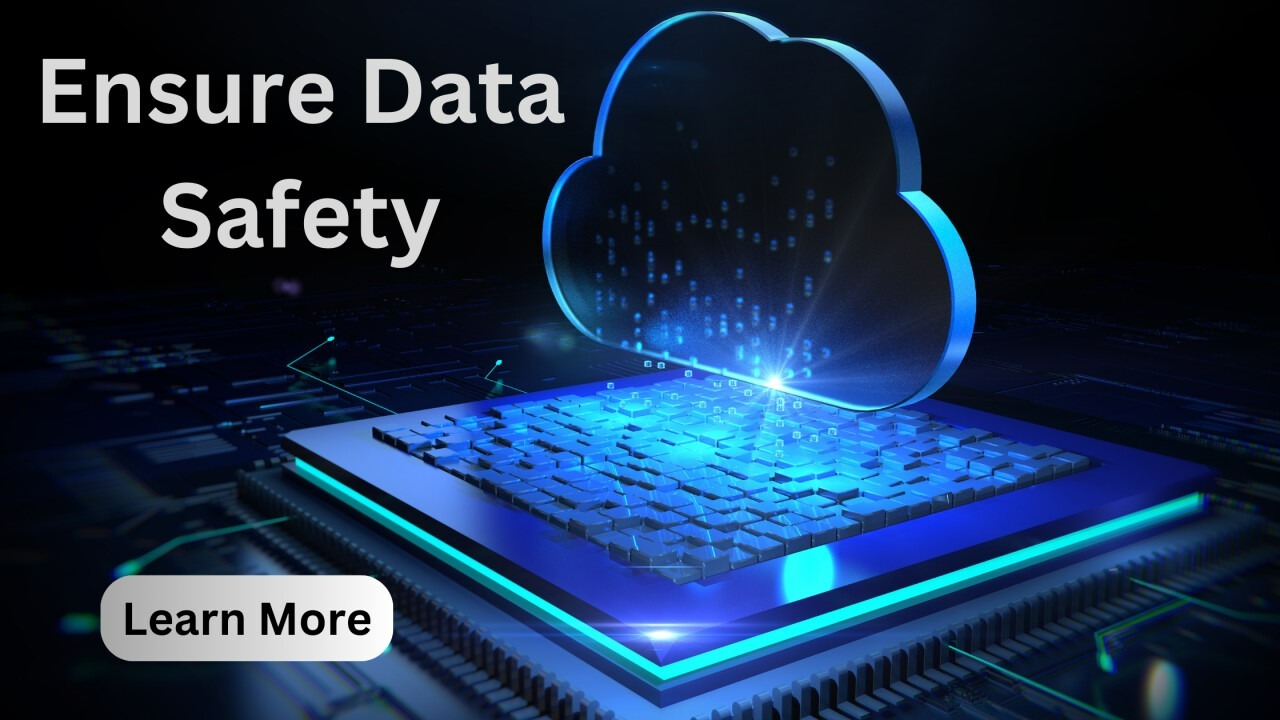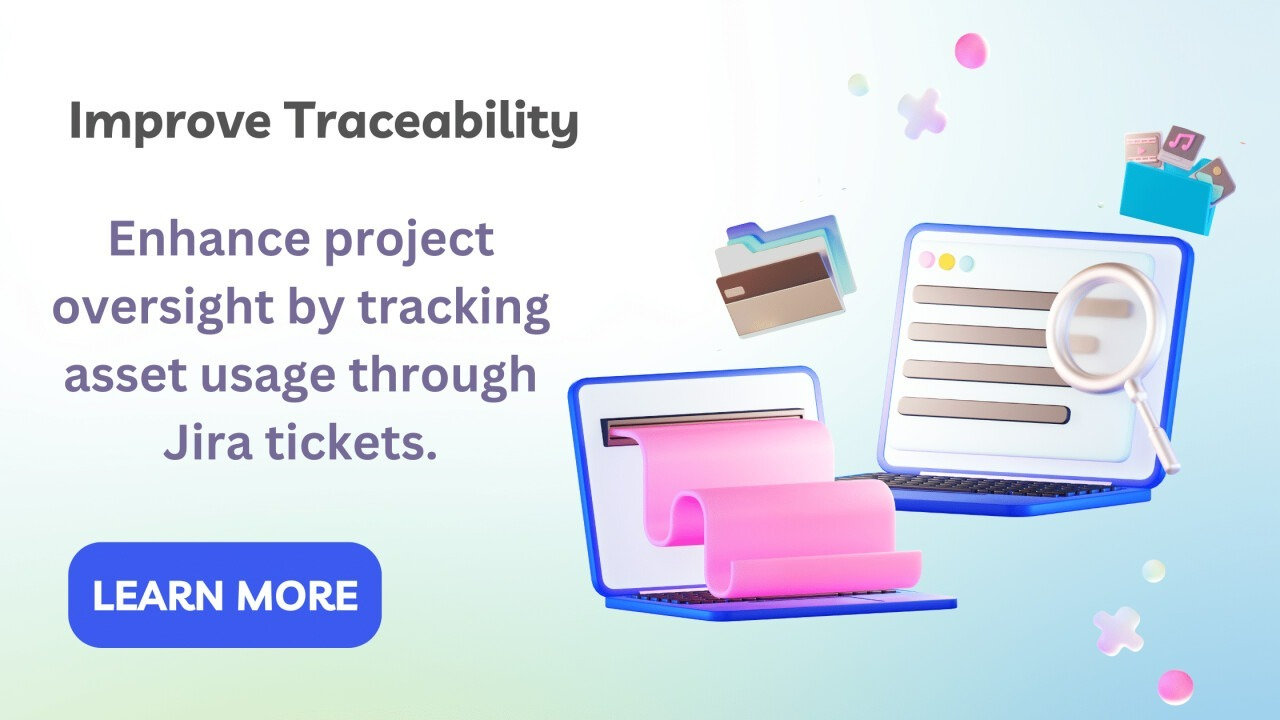
by Hemanth Kumar | Oct 28, 2024 | Jira Backup
In today’s fast-paced development environment, securing your source code is crucial. The HYCU Protégé module for Bitbucket allows you to securely and seamlessly backup and restore your Bitbucket Projects and Repositories. Your code, which is your most valuable asset, will be fully protected with this guarantee. HYCU Protégé enables you to protect your important information such as source code and commits by securely storing them in the cloud.
Introduction:
With the HYCU Protégé module for Atlassian Bitbucket, you can backup your SaaS application data securely and efficiently. The module protects the content of your Bitbucket projects and repositories, such as the source code, tags, branches, and commits.
How HYCU Protégé Works:
HYCU Protégé starts protecting the data stored in your Bitbucket as soon as you add the Bitbucket module as a source to the platform and assign a backup policy to the associated SaaS application.
Simplified Setup:
To begin backup your Bitbucket projects with HYCU Protégé, the first step is to add Bitbucket as a source within the platform. This allows HYCU Protégé to connect to your Bitbucket account, access your projects and repositories, and backup them based on the policies you configure. Here’s how to set up a source for Bitbucket:
Create a Source: In HYCU Protégé, start by creating a new source. This is essentially where you’ll configure your API connection to Bitbucket. During this process, you’ll need to provide some key details to ensure a secure and successful setup. Select the target for backup storage.
Provide a Name for the Source: Give your source a unique, identifiable name. This helps you easily recognize and manage multiple sources within HYCU Protégé, especially if you’re backup data from various platforms.
Select a Target for Backup Storage: HYCU Protégé supports a range of cloud storage options. Choose where you want the backup data to be stored. You’ll need to ensure that your target storage has sufficient capacity for the Bitbucket repositories you intend to back up.
Supported targets:
- Amazon s3
- Azure
- Google cloud
- s3 compatible
Authenticate Your Bitbucket Account: To securely connect HYCU Protégé to your Bitbucket workspace, you’ll need to provide:
- Bitbucket Workspace Key: This is a unique identifier for your Bitbucket workspace, allowing HYCU to identify and access the repositories you wish to backup.
- Bitbucket Username: Enter the username of the account with access to the workspace and repositories.
- Bitbucket App-Password: Instead of using your actual password, Bitbucket provides a more secure way to authenticate through app-passwords. Generate an app-password in Bitbucket and provide it here for secure access to your workspace.
- Select Projects for Backup:
- Once the source is configured properly, your Bitbucket Projects from the specified workspace will be listed under the ‘SaaS’ page in HYCU Protégé. From here, you can select the Project(s) you wish to backup.
- Assign a Backup Policy:
- Once the project is selected, assign a backup policy to ensure it’s regularly backed up based on the rules you set.
- Restore Flexibility:
- In case of data loss or if you need to recover a previous version, HYCU Protégé offers the flexibility to restore either at the project level or down to a specific repository. This makes it easy to manage and protect your data with precision.
Backing up data :
With the Bitbucket backup solution developed on the Hycu platform, Backup is supported at a Bitbucket ‘Project’ level. The Project along with all it’s Repositories, source files, commits, Branches, Tags, LFS file etc would be backed up in to the Cloud. We can automate the backups, by setting the backup frequency in the Policy.
Restoring data :
Once backed up we can restore the whole project with all its repositories or we can restore individual repositories as well. The restored repository would maintain the exact source files and folder structure as the initial repository. The Commits, Branches, Tags and LFS files would be restored as well.
In case when trying to restore a Project or Repository that exists in Bitbucket already, a new Project/Repository will be created by appending the epoch timestamp to the Project/Repository name. Also a random string would be set as the Project/Repository key.
Data Objects supported (HYCU Protégé BitBucket):
Workspaces: Top-level organizational entities in Bitbucket. Contain projects and repositories.
Projects: Projects are containers for repositories in Bitbucket.
Repositories: Repositories hold the version-controlled code, including branches, commits, and files.
Branches: Branches represent different lines of development within a repository.
Tags: Tags mark a specific commit at a point in your repository history.
Commits: Commits are snapshots of changes made to the codebase.
LFS Files: Large File Storage (LFS) is supported by BitBucket for handling large files.
Conclusion :
Backing up your Bitbucket repositories is no longer a complex task with the HYCU Protégé module, brought to you by Microgenesis, a leading digital transformation company. This collaboration provides a simple yet powerful solution for securing your source code and commits, ensuring your data is protected in the cloud. By integrating HYCU Protégé with your Bitbucket workspace, Microgenesis and HYCU make it easy to manage backups, apply customized policies, and restore projects or repositories effortlessly.
Whether you’re a small development team or a large enterprise, HYCU Backup through Microgenesis offers peace of mind that your critical Bitbucket data is always safe and easily recoverable. Start protecting your Bitbucket projects with HYCU and Microgenesis today to ensure continuous protection for your valuable code and repositories!
Start a free trial here today.

by Hemanth Kumar | Jun 10, 2024 | Jira Backup
Introduction
In today’s digital landscape, Jira Service Management is a cornerstone of IT Service Management (ITSM). Atlassian Cloud offers a robust platform for managing incidents, service requests, and IT assets efficiently. However, with the rise of cyber threats and data vulnerabilities, safeguarding critical business data on Jira Service Management is paramount. This comprehensive guide explores essential strategies and solutions to ensure the protection and security of your Jira Service Management on Atlassian Cloud.
Why Protecting Jira Service Management is Crucial?
Malicious Threats and Deletions
Targeted data deletions by malicious actors pose a significant risk to organizations of all sizes. Without adequate protection measures, businesses are vulnerable to data breaches and operational disruptions.
Ransomware Attacks
The surge in ransomware attacks globally highlights the importance of secure backups to mitigate potential crises. Ransomware-proof backups enable organizations to safeguard their critical data and maintain operational integrity.
Accidental Deletions
Data loss due to accidental deletions can lead to service disruptions and loss of valuable information. Quick and flexible recovery processes are essential to ensure uninterrupted service delivery and peace of mind.
Corruptions, Bugs, and Misconfigurations
Data corruption and software bugs can wreak havoc on service management operations. A robust backup system allows organizations to revert to a clean state swiftly, minimizing downtime and ensuring business continuity.
Compliance and Regulations
Industries governed by strict standards or regulations require adherence to backup and recovery protocols to avoid severe penalties. Compliance with standards like NIS2 or DORA is imperative for maintaining data security and resilience.
Understanding Shared Responsibility in Atlassian Cloud
While Atlassian Cloud offers various benefits, such as enhanced capabilities and interoperability, it’s essential to recognize the shared responsibility model. Atlassian manages system-level security and disaster recovery, but you are responsible for protecting and recovering your data on Jira Service Management.
Your Responsibilities Include:
Creating backups of Jira Service Management data.
Recovering lost data in case of accidental deletions or data loss incidents.
Storing backups securely to meet compliance and retention requirements.
The Challenge: Building or Buying a Backup Solution
Organizations face the dilemma of whether to build their own backup solution or invest in a reliable backup service. Let’s explore the challenges associated with each approach.
Challenges of Relying on Best-Effort Support for Recovery
Lengthy recovery times with unpredictable SLAs.
Instance recovery only, requires manual effort to restore deleted data.
Limited contractual SLAs for data restoration from Atlassian support.
Challenges of Scripting Your Own Backups
Lengthy recovery times and incomplete data capture.
Error-prone scripts require constant maintenance.
Time-consuming management across multiple Atlassian applications.
Ensuring Comprehensive Backup and Rapid Restore Solutions
Migrating to Atlassian Cloud is a strategic move for any organization. However, understanding what Atlassian does and does not cover is crucial to avoid being caught off guard by data loss or non-compliance.
Shared Responsibility Model:
Atlassian’s Responsibility: Keeping your service running.
Your Responsibility: Keeping your data available.
Businesses need automated backups, granular restores, and comprehensive data protection for Jira, Confluence, and Jira Service Management (JSM). These solutions are designed to let you leverage Atlassian Cloud’s benefits while maintaining control, recoverability, and compliance.
Benefits of Robust Data Protection Solutions:
1-Click Restore: Quickly restore projects, epics, issues, attachments, and sub-types.
Automated Backup Operations: Set up backups in under a minute, eliminating manual backups.
Offsite Data Storage: Store data for days to years, ensuring long-term retention and compliance.
Ensuring Data Security and Sovereignty
Prioritizing data security and sovereignty is crucial, allowing organizations to store backups and copies in their own controlled storage environment. With encryption at rest and in transit, data integrity and compliance with regulatory requirements are ensured.
Benefits of a Secure Backup Architecture:
Secure storage options including Amazon S3, Google Cloud Storage, and S3-compatible storage.
Automated discovery and protection of the entire data estate, including ITSM, Enterprise IT, and cloud services.
Visualization of the data estate for easy identification and protection of critical applications.
Conclusion
Protecting and securing Jira Service Management on Atlassian Cloud is essential for maintaining operational efficiency and data integrity. Investing in a reliable backup solution is crucial to mitigate risks and ensure business continuity. Ensure your critical IT assets and configurations are safeguarded and compliant with regulatory standards to avoid leaving your data vulnerable.
MicroGenesis is excited to announce its new partnership with HYCU, a renowned provider of backup and recovery solutions. This collaboration brings state-of-the-art technology to automate JIRA backups and restore processes in less than a minute, establishing a new industry benchmark. With the combined efforts of MicroGenesis and HYCU, businesses can now experience seamless data protection for their JIRA software, ensuring minimal downtime and optimal efficiency. Our partnership merges expertise and innovation to deliver a top-tier solution for securing vital JIRA data

by Hemanth Kumar | Jun 3, 2024 | Jira Backup
As businesses migrate their Jira and Confluence instances to Atlassian Cloud, they embrace flexibility, cutting-edge features, and freedom from IT management and maintenance. However, this shift raises a critical question: “Does entrusting Atlassian Cloud with service management mean you can bid farewell to backup responsibility?”
In my experience as a data protection specialist, I’ve seen many fall prey to misconceptions about SaaS applications, including Jira and Confluence Cloud, and their backup capabilities. Let’s debunk three of the most common myths.
Problem 1: “I don’t need to worry about data backup. Atlassian will recover it for me.”
This misconception is widespread, not just with Atlassian Cloud, but with other popular SaaS applications like Microsoft 365 and Salesforce. It’s easy to understand why. If Atlassian provides the service and commits to 99.999% uptime, why wouldn’t they help recover lost data?
While Atlassian does perform system-level disaster recovery operations and backups in case of hardware failures or attacks, they cannot perform granular restores for individual tenants. This is clearly stated in their shared responsibility model: “To avoid data loss, we recommend making regular backups.”
Problem 2: “Compliance is guaranteed with Atlassian Cloud.”
Atlassian Cloud holds numerous certifications, including ISO 27001 and SOC 2, ensuring enhanced security measures. However, security certifications do not equate to automatic compliance for your organization. Particularly for those in highly regulated industries, stringent requirements on data retention, data sovereignty, and demonstrable recovery must be met.
Key Compliance Considerations:
Data Retention: How long are you required to store your data? What were your on-premises retention policies?
Data Sovereignty & Offsite Copies: Are you required to keep copies offsite (outside of Atlassian Cloud)? Are you following the standard 3-2-1 backup rule?
Demonstrable Recovery: Can you prove, in case of a compliance audit or cyber insurance requirement, that your organization can recover data within the required SLA?
Thus, relying solely on Atlassian Cloud does not ensure compliance. It’s crucial to take extra steps to meet regulatory requirements.
Problem 3: The ‘Checkbox’ Backup Illusion with SaaS Apps
Many SaaS applications, including Atlassian, offer simple ‘checkbox’ backup solutions—exporting data on-demand or scheduling automated exports via their API. However, while setting up these backups may seem straightforward, recovery is a different beast altogether. If your goal is to check off a box for IT compliance, this might suffice. However, real challenges arise when restoring deleted or corrupted data, which requires a robust data protection strategy.
Moving Beyond Myths: Ensuring Comprehensive Backup and Compliance
Migrating to Atlassian Cloud is a strategic move for any organization. However, understanding what Atlassian does and does not cover is crucial to avoid being caught off guard by data loss or non-compliance.
Shared Responsibility Model:
Atlassian’s Responsibility: Keeping your service running.
Your Responsibility: Keeping your data available.
To bridge this gap, businesses need automated backups, granular restores, and comprehensive data protection for Jira, Confluence, and Jira Service Management (JSM). These solutions are designed to let you leverage Atlassian Cloud’s benefits while maintaining control, recoverability, and compliance.
Benefits of Robust Data Protection Solutions:
1-Click Restore: Quickly restore projects, epics, issues, attachments, and sub-types.
Automated Backup Operations: Set up backups in under a minute, eliminating manual backups.
Offsite Data Storage: Store data for days to years, ensuring long-term retention and compliance.
Experience the Difference
Seeing is believing. Witness the ease of debunking common myths and experience powerful data protection firsthand. Request a demo and see how comprehensive solutions can keep your Atlassian Cloud data safe, compliant, and readily available.
In today’s fast-paced digital environment, losing track of assets can lead to significant operational delays, customer service issues, and lost revenue. Don’t let your data get lost in the digital shuffle. With the right data protection, you’re always just one click away from finding exactly what you need, exactly when you need it.
MicroGenesis is excited to announce its new partnership with HYCU, a renowned provider of backup and recovery solutions. This collaboration brings state-of-the-art technology to automate JIRA backups and restore processes in less than a minute, establishing a new industry benchmark. With the combined efforts of MicroGenesis and HYCU, businesses can now experience seamless data protection for their JIRA software, ensuring minimal downtime and optimal efficiency. Our partnership merges expertise and innovation to deliver a top-tier solution for securing vital JIRA data.

by Kiran K | Jun 3, 2024 | Jira Backup
Have you ever found yourself wandering through a parking lot at a busy mall, clicking your key fob in hopes of hearing your car beep back at you? It’s a modern-day quest many of us have faced, often resulting in a mix of frustration and relief once we finally locate our vehicles. Usually, I park my car in the same area to avoid this problem, but during the holiday rush, when my hands are full of gifts, it doesn’t always work out that way.
The Shared Responsibility Parking Structure
Imagine that parking structure as a SaaS provider’s service infrastructure, and your car as the data stored within that service. Generally, the SaaS provider is responsible for maintaining the structure, ensuring it operates efficiently. The car and its contents, however, are your responsibility.
Taking that analogy a step further, each car parked within the structure represents an asset in Jira Service Management (JSM); the parking space is its designated ticket, marking its location and characteristics. Just like your car in a vast parking lot, digital assets can easily get “lost” if their connections to service tickets are not properly managed.
The Link Between JSM Assets and Your Car
This scenario mirrors the relationship between JSM assets and their tickets. An asset in JSM holds critical information, akin to your car’s location and its contents. But what happens when a ticket is accidentally deleted, or you forget where you parked? The connection to your asset is severed, leaving you in a digital version of that sprawling parking lot, pressing the panic button in vain.
Just as there’s a solution for finding your lost car, there’s a solution for reconnecting lost tickets to their respective assets in JSM. The key? A robust backup and recovery service that understands the importance of these connections and works diligently to restore them.
Restoring the Connection Between Tickets and Assets
In the digital realm, a reliable backup and recovery tool acts as the ultimate solution for JSM. When a ticket (or in our metaphor, the memory of where you parked) is accidentally or maliciously deleted, the recovery tool steps in to restore that ticket, effectively guiding you back to your asset. It ensures that no matter what happens, the link between your JSM tickets and assets remains intact, safeguarding against digital disorientation.
Imagine the relief of finding your car in the vast parking lot, presents safe and sound, ready to go home. A robust backup solution offers that same relief in the digital realm, ensuring that every asset, no matter how small or seemingly insignificant, is always accounted for and easily accessible.
Comprehensive Backup Solutions
A good backup solution for JSM does much more than just manage assets. It offers granular backups and restores for virtually any JSM object, down to individual requests, attachments, or sub-tasks.
Learn More
Just as you wouldn’t want to spend hours searching for your car in a parking lot, you shouldn’t have to struggle with protecting your Atlassian data. With a reliable backup and recovery tool, you won’t have to. It’s the peace of mind, the beacon in the parking lot, ensuring that every ticket, every asset, finds its way back home, no panic button necessary.
In today’s fast-paced digital environment, losing track of an asset can be more than just an inconvenience; it can lead to significant operational delays, customer service issues, and lost revenue. That’s why the link between JSM tickets and assets is not just a convenience—it’s a necessity.
MicroGenesis is excited to announce its new partnership with HYCU, a renowned provider of backup and recovery solutions. This collaboration brings state-of-the-art technology to automate JIRA backups and restore processes in less than a minute, establishing a new industry benchmark. With the combined efforts of MicroGenesis and HYCU, businesses can now experience seamless data protection for their JIRA software, ensuring minimal downtime and optimal efficiency. Our partnership merges expertise and innovation to deliver a top-tier solution for securing vital JIRA data.




